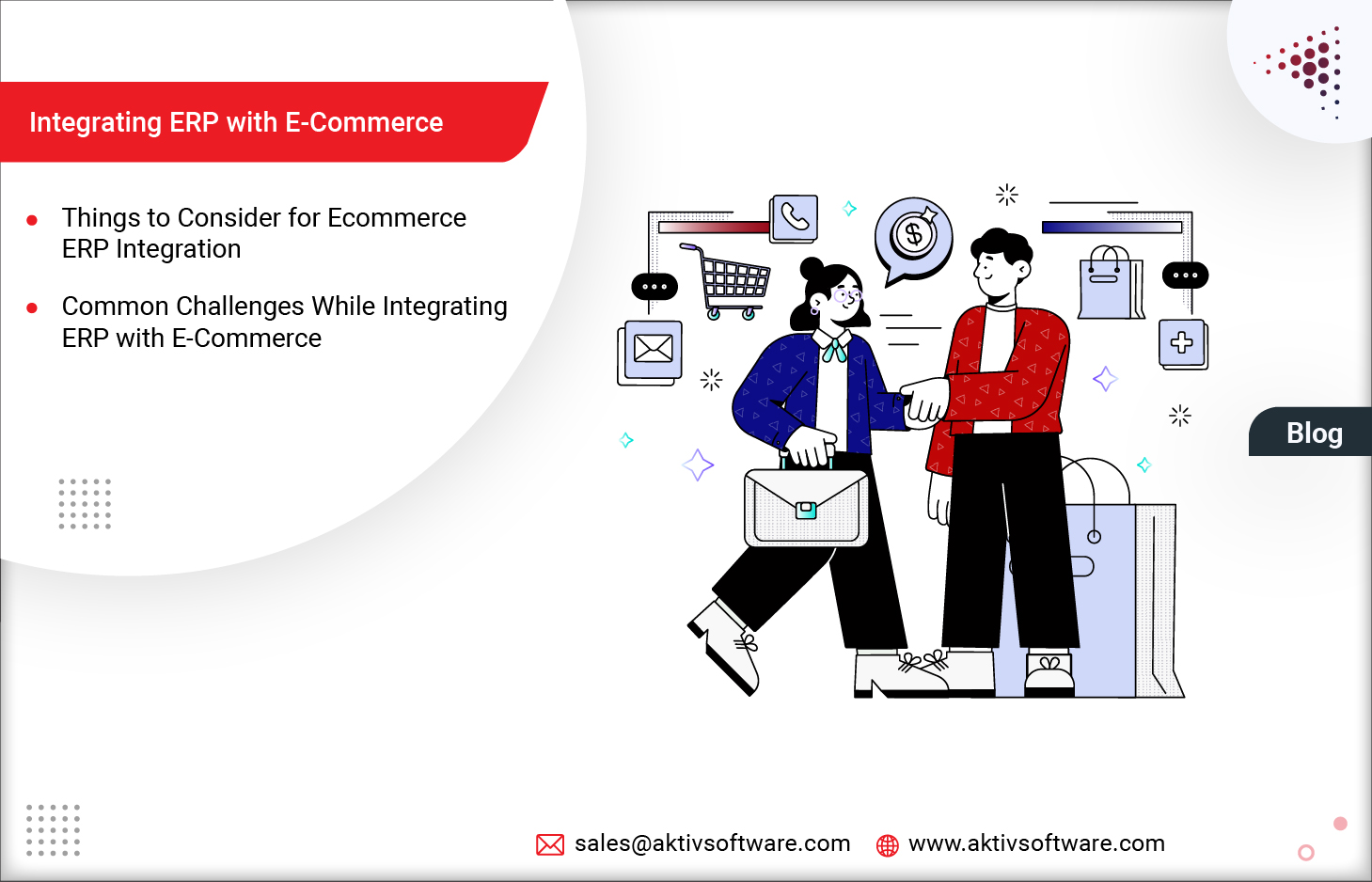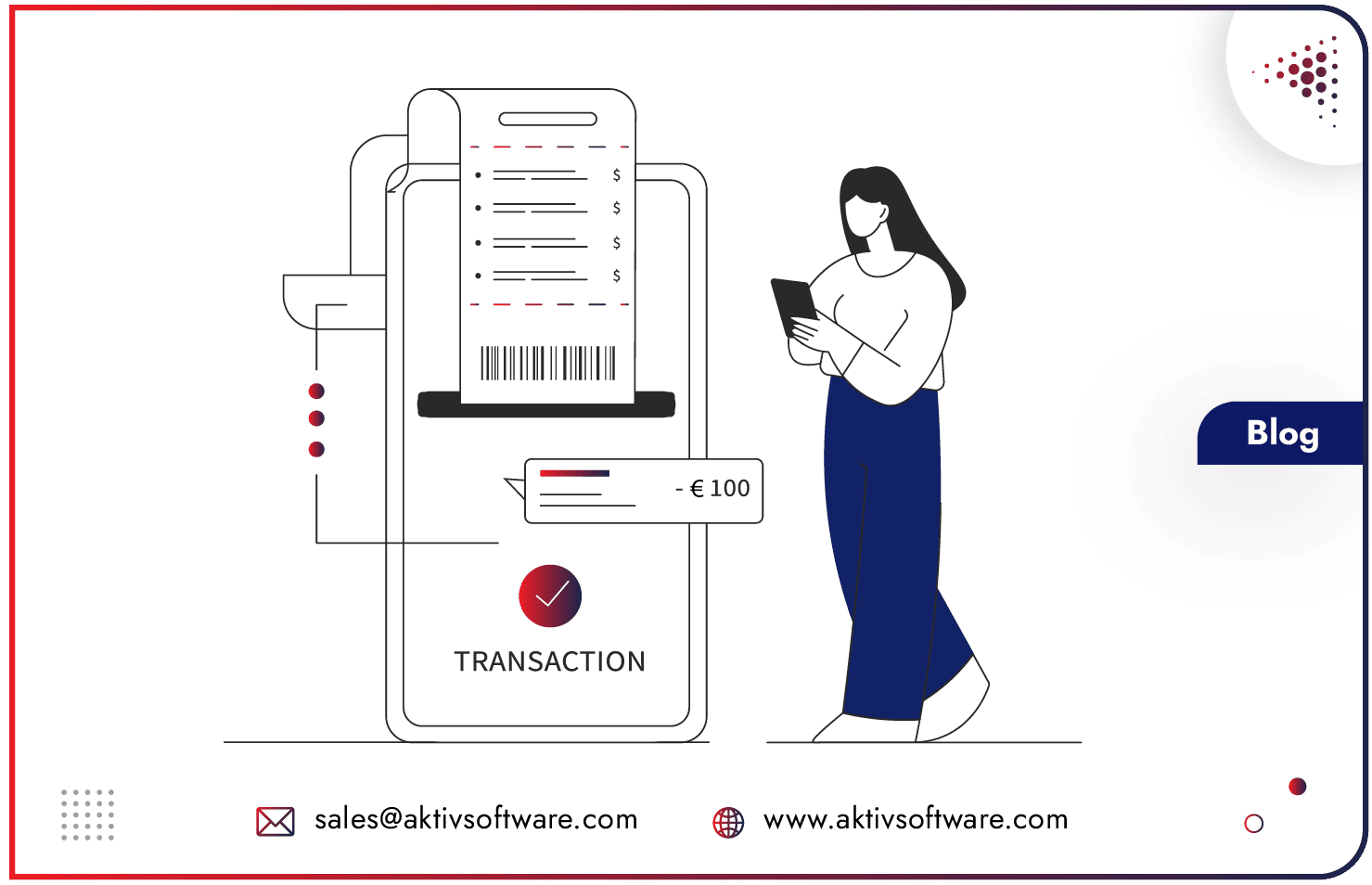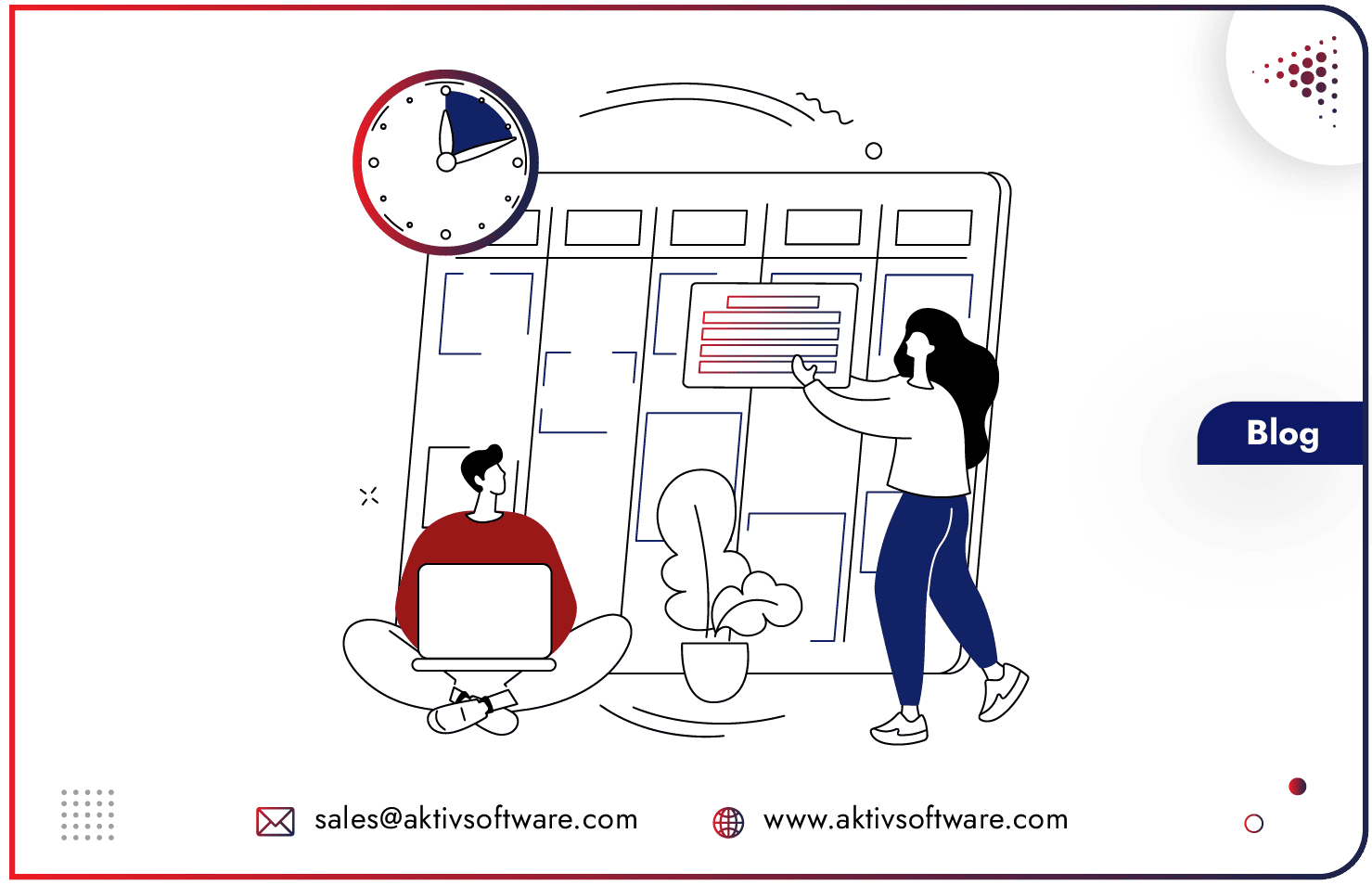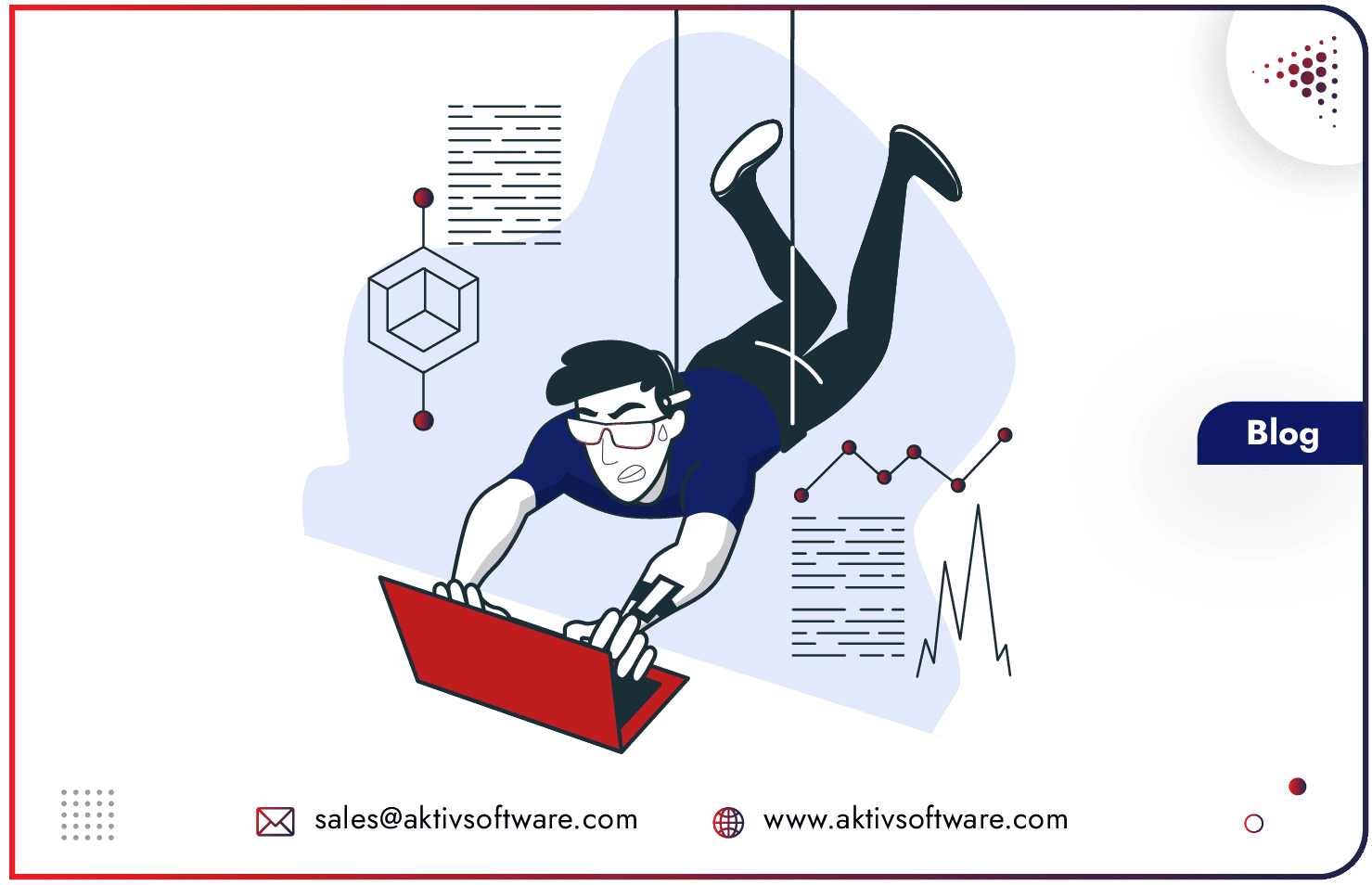An eCommerce ERP integration connects an organization’s frontend eCommerce site with its backend ERP system, enabling automatic data synchronization.
This setup ensures that data on products, orders, customers, and more is consistent across both platforms, boosting productivity and maximizing revenue.
Most businesses use major eCommerce systems like Magento, Shopify, BigCommerce, etc… where data such as orders and customer information are maintained.
On the other hand, internal information like inventory, accounting, supply chain management, human resources, and CRM data is recorded in enterprise resource planning (ERP) systems like Microsoft Dynamics, Oracle NetSuite, Odoo, Acumatica, and SAP Business One.
This blog will cover things to consider before you take on Ecommerce ERP Integration, while also addressing the challenges you might require to address.
Choosing the Right Ecommerce-ERP System and its Data Source
When planning for ERP and Ecommerce integration, choosing a system or software with an appropriate data source is crucial. Businesses typically choose among three primary options:
Cloud-based (SaaS): These systems, such as NetSuite, Odoo (ERP) or Shopify (Ecommerce), are hosted on the cloud, offering flexibility and scalability. They are ideal for businesses looking for a cost-effective, easily accessible solution.
On-premise: These back-office ERP platforms, like Microsoft Dynamics or SAP Business One, are run off local hardware. They are suitable for businesses requiring high levels of customization and control over their data.
Hybrid: Combining tools, such as a cloud-based eCommerce site with an on-premise ERP platform, offers a balanced approach, leveraging the strengths of both models.
Explore Ecommerce ERP Integration Methods
Point-to-point: This method directly connects two systems. While simple and cost-effective for small setups, it can become complex and hard to manage as the number of integrations grows.
Enterprise service bus (ESB): ESBs act as middleware, facilitating communication between multiple systems. They offer greater flexibility and scalability, suitable for larger organizations with complex integration needs.
Third-party integrator: Leveraging specialized integration platforms or services can expedite the process and reduce the burden on internal IT resources. These integrators often come with pre-built connectors and templates, simplifying the integration.
Which Data Synchronization Method Suits Your Business?
Synchronization between ERP and Ecommerce platforms can be done in real-time or at specific intervals, depending on business needs:
Real-time: This ensures that data is always up-to-date across systems, reducing the risk of errors and improving customer experience. It is essential for businesses with high transaction volumes or those needing immediate updates.
Specific intervals: Syncing data at regular intervals (e.g., hourly, daily) can reduce system load and is sufficient for businesses with lower transaction volumes or less time-sensitive data.
Types of Data to Sync for Ecommerce ERP Integration
Several types of data need to be synchronized between ERP and eCommerce platforms to ensure seamless operations:
- Product information: Details like product descriptions, images, categories, and specifications.
- Customer data: Information about customers, including contact details, purchase history, and preferences.
- Pricing: Standard prices, discounts, promotions, and customer-specific pricing.
- Shipping: Shipping options, rates, tracking numbers, and delivery statuses.
- Inventory levels: Stock availability, reorder points and warehouse locations.
- Order/invoice information: Order statuses, invoices, payment receipts, and return details.
- Taxes: Tax rates, rules, and calculations.
- Returns: Return requests, statuses, and refund processing.
Common Challenges While Integrating ERP with E-Commerce
Based on our extensive experience in Integrating ERP with Ecommerce, we’re listing a set of common challenges you might face and ways to address them:
Pricing Structure:
As customer pricing structures become more complex, integration can become challenging. Companies need to sync customer price lists, price groups, price levels, and credit limits directly from the ERP to the eCommerce platform.
If the eCommerce solution you are evaluating does not support this level of complexity, you might face pricing discrepancies and need to consider alternative platforms.
Shipping:
ERPs support complex shipping scenarios involving multiple warehouse locations, countries, carriers, and routes. ECommerce platforms may not offer the same flexibility.
To avoid that, ensure that shipping providers used in the ERP are available on the eCommerce platform. In specific cases, businesses might need third-party products to provide real-time shipping rates to customers.
Taxes
Taxes can be calculated manually or automatically. Most businesses prefer automatic tax calculation providers, which calculate taxes based on predefined rules.
Both ERP and eCommerce solutions should use the same tax provider to ensure consistency. Avoid recalculating taxes for every order in the ERP to prevent additional fees, unless necessary for specific scenarios.
Payments
ERP Integration with Ecommerce should account for the payment gateway, payment methods, and authorization versus capturing funds.
Using the same payment gateway for both ERP and eCommerce allows flexibility. Ideally, authorize payments on the eCommerce platform and capture funds in the ERP to handle order modifications seamlessly. Ensure the eCommerce solution supports this functionality.
API Limits
APIs facilitate data communication between ERP and eCommerce systems. Both systems have API limits that need to be understood and managed. High transaction volumes, like thousands of orders per day, require robust API handling to avoid errors and time-outs during peak times.
ECommerce ERP Integration is crucial for modern businesses aiming to streamline operations and enhance customer experiences.
Understanding business and system needs besides the challenges mentioned above is key to a successful integration, ensuring that both platforms work harmoniously to support business growth and success.






